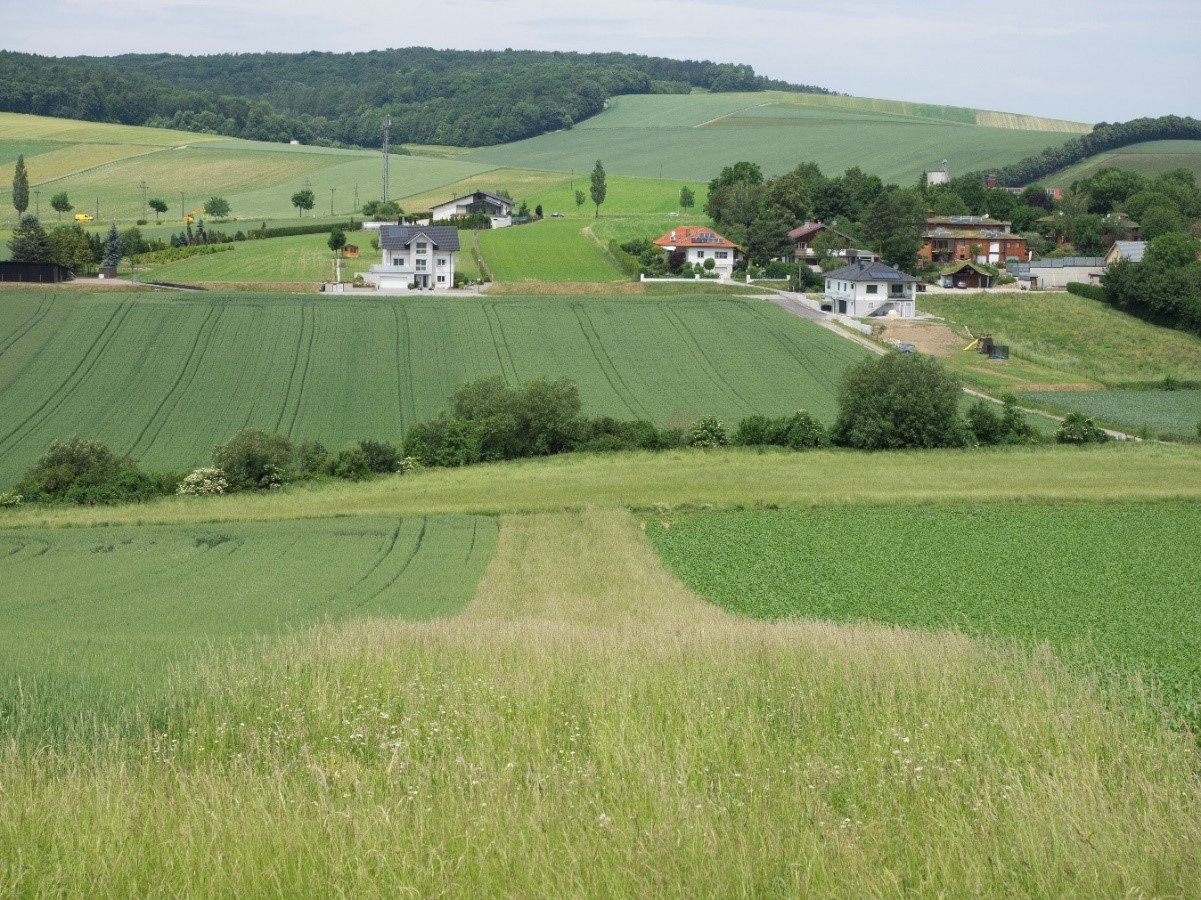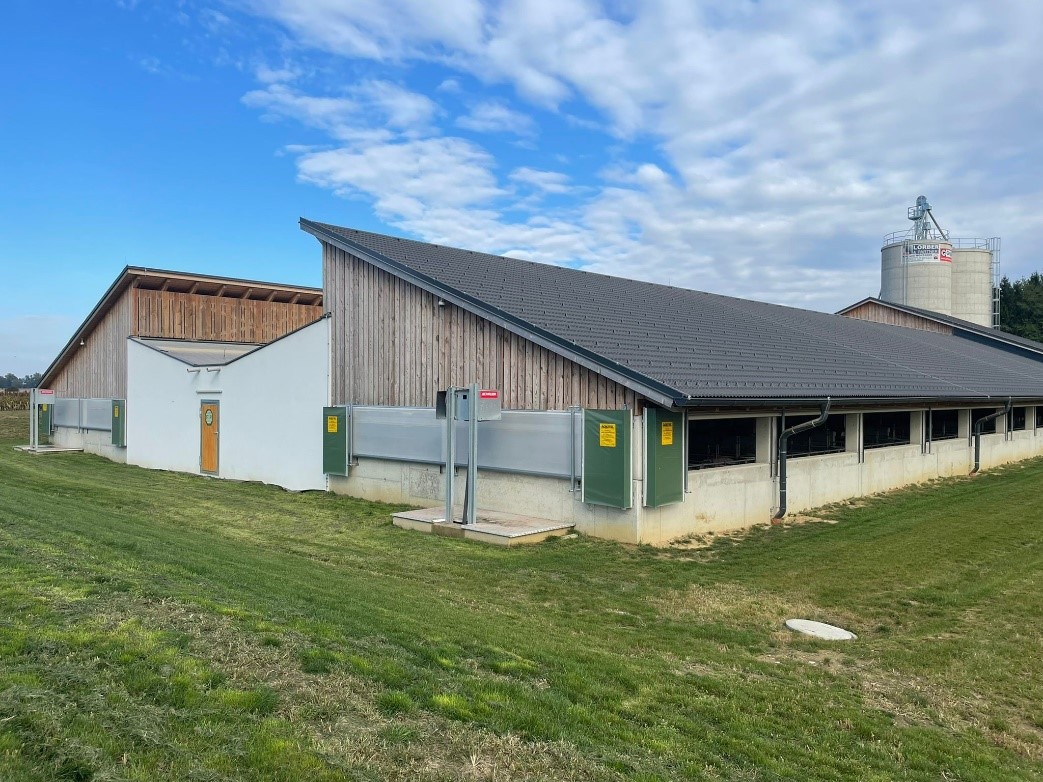
EIP project SaLuT – Clean air in animal production
High emissions and the resulting immissions regularly lead to conflicts with neighbors and pose the challenge for Austrian livestock farming to ensure environmentally friendly and at the same time animal welfare...Ventilation Systems and their Regulation in Pigsties
Ventilation systems and their regulation in pig stables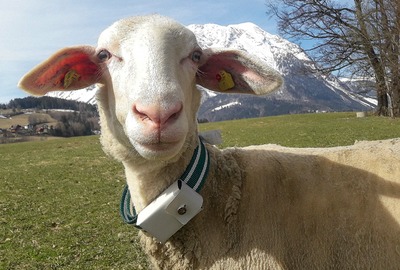
Innovation Farm and digitalization
The Innovation Farm project deals with new technologies, trends and developments and makes them visible, tangible and, above all, usable for agriculture. At the Raumberg-Gumpenstein location we focus on...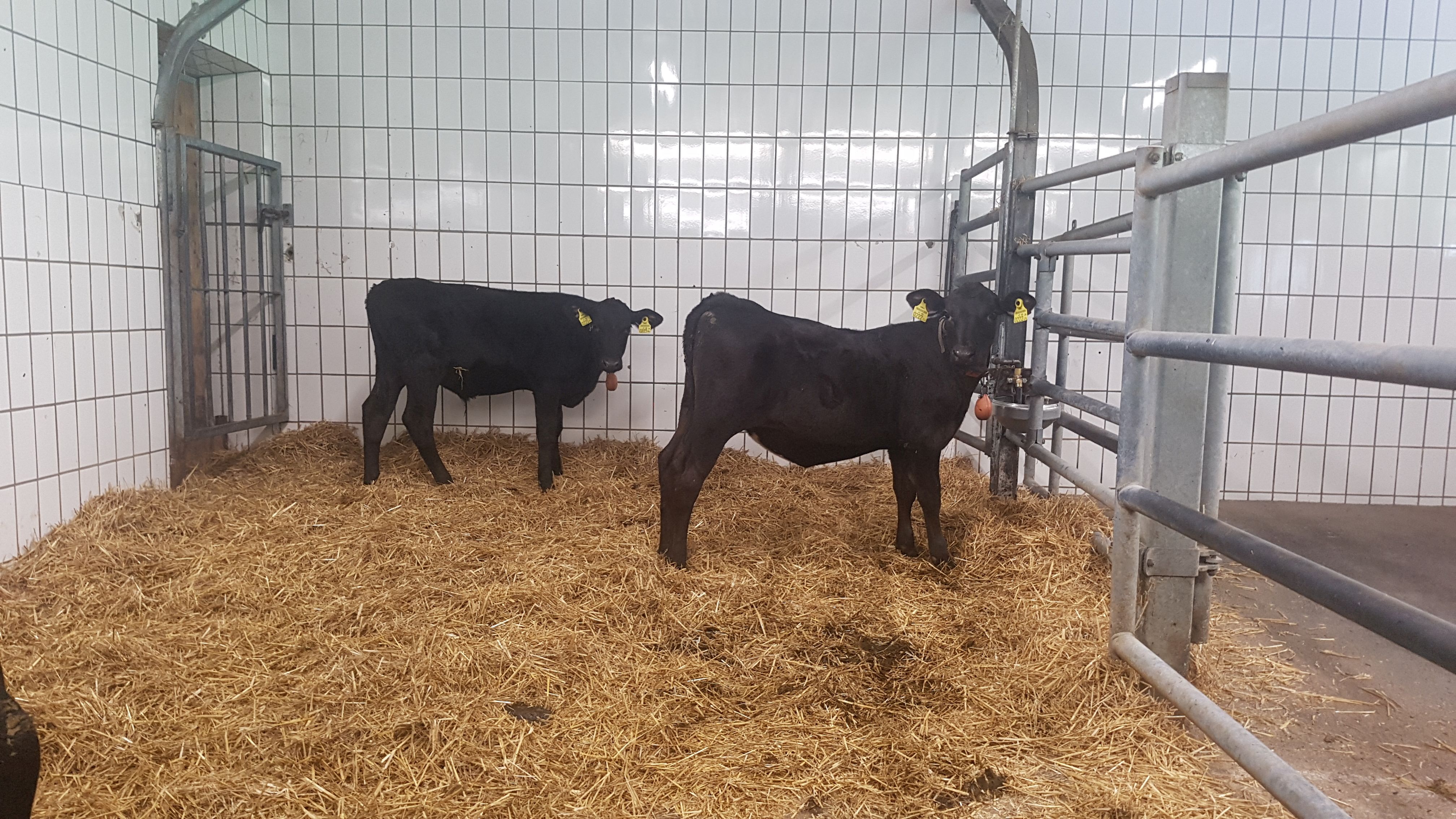
Fattening of cross-bred dairy breed×meat breed cattle in grassland
Calf transports abroad and veal imports are strongly present in agricultural, media and social discussions. As part of an experiment, the production potential of a “meadow cattle made from...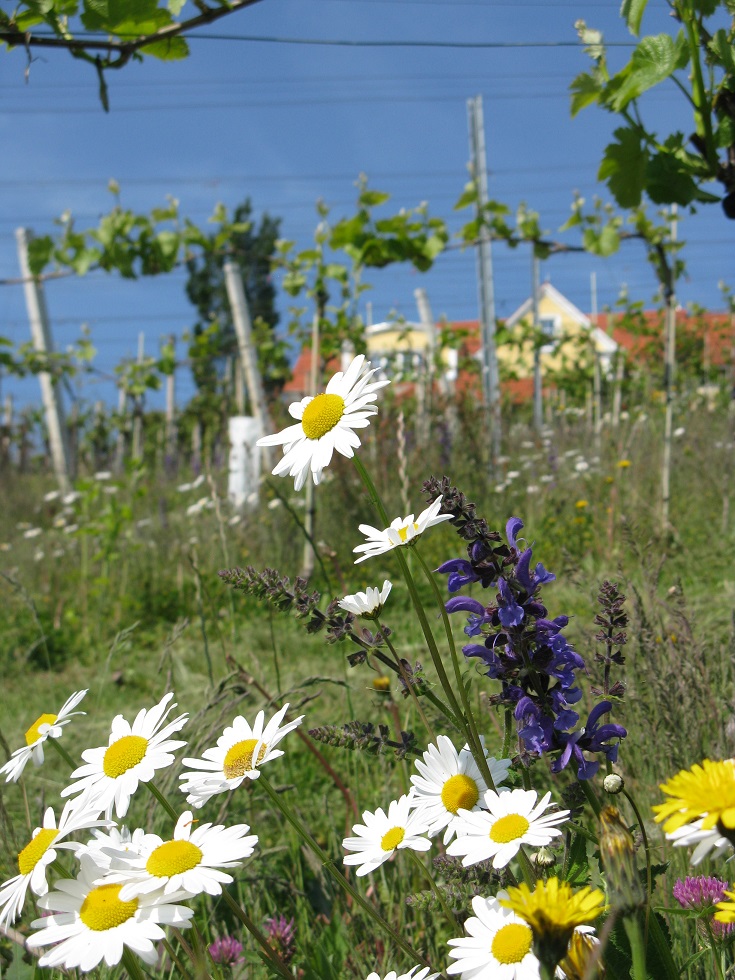
Life Vine Adapt - Sustainable viticulture to adapt to climate change
The LIFE project VineAdapt contributes to preserving European vineyards as cultural landscapes of great socio-economic value such as recreation, tradition and identity. The vineyards, which have often been cultivated for decades, have to...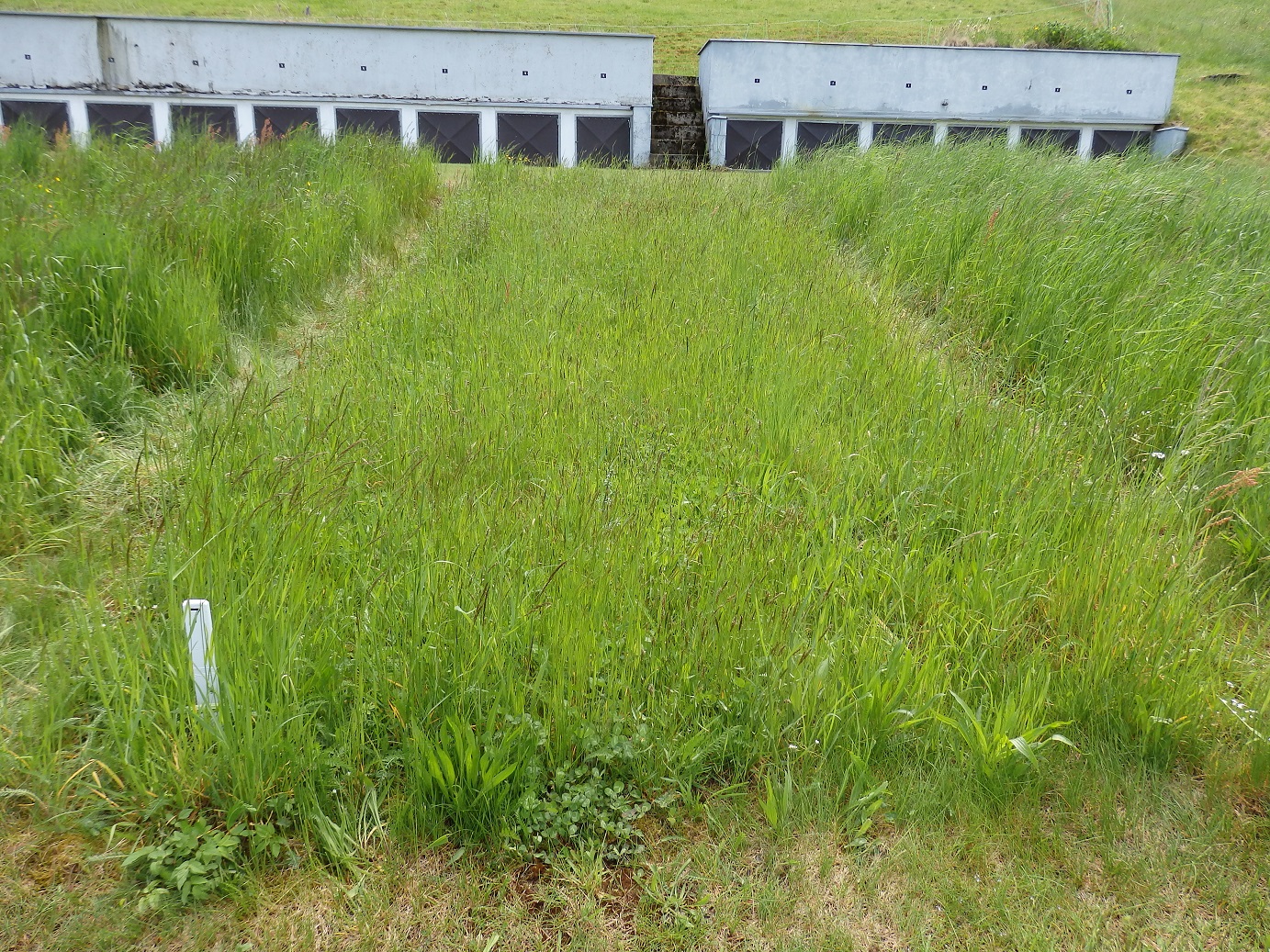
Influence of fertilization and fallow land on the amount of humus and nutrient reserves
Project goal: The aim is to find out what influence fertilization and fallow land have on the amount of humus and nutrient reserves in soils and permanent grassland.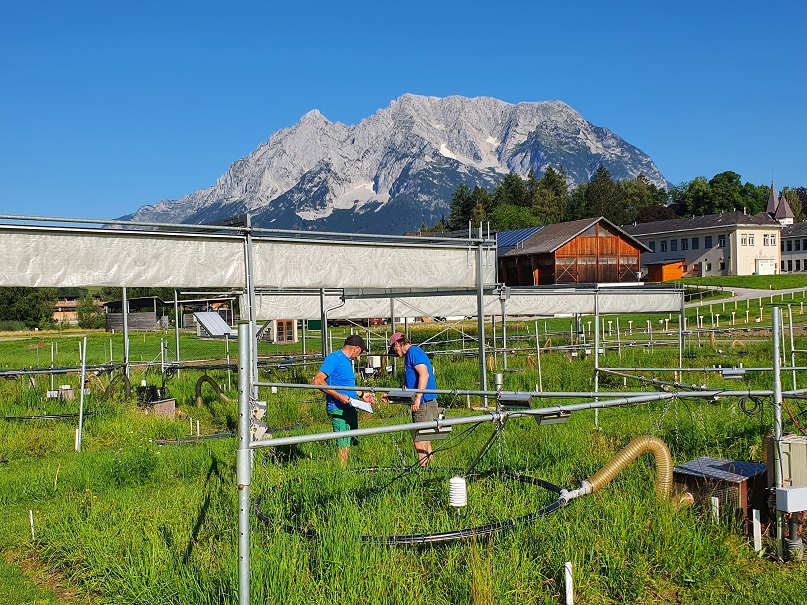
ClimGrassEco II project: Impact of climate change on the productivity and biogeochemistry of the permanent grassland ecosystem
Agriculture, with its direct dependence on climatic conditions, is particularly hard hit by climate change. In the disadvantaged mountain area of Austria, grassland farming with its great diversity of uses is the...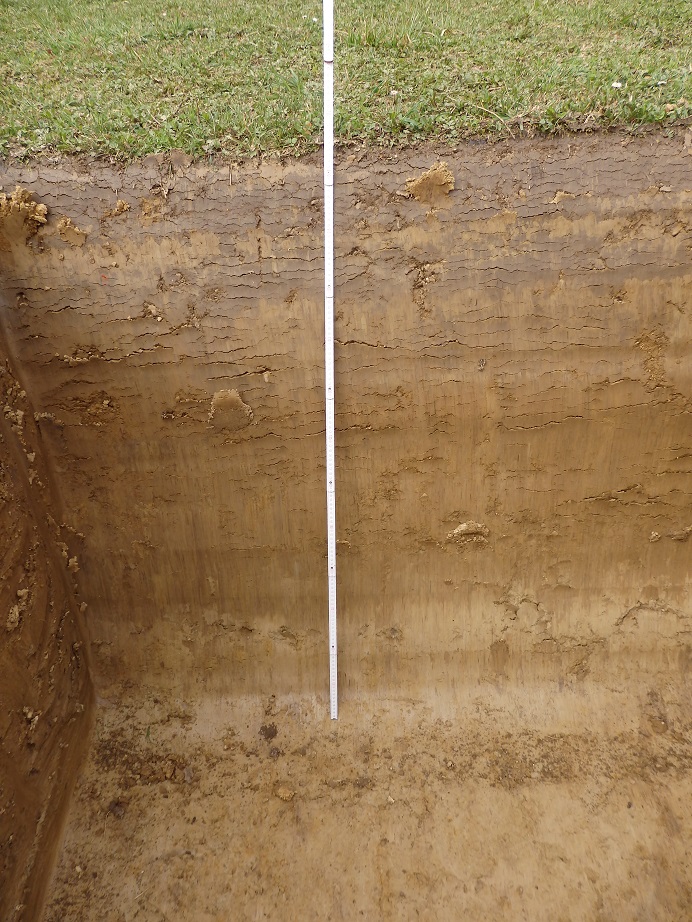
Carbon sequestration in grassland soils
The research project aims to answer the question of whether grassland soils can make a contribution to climate protection.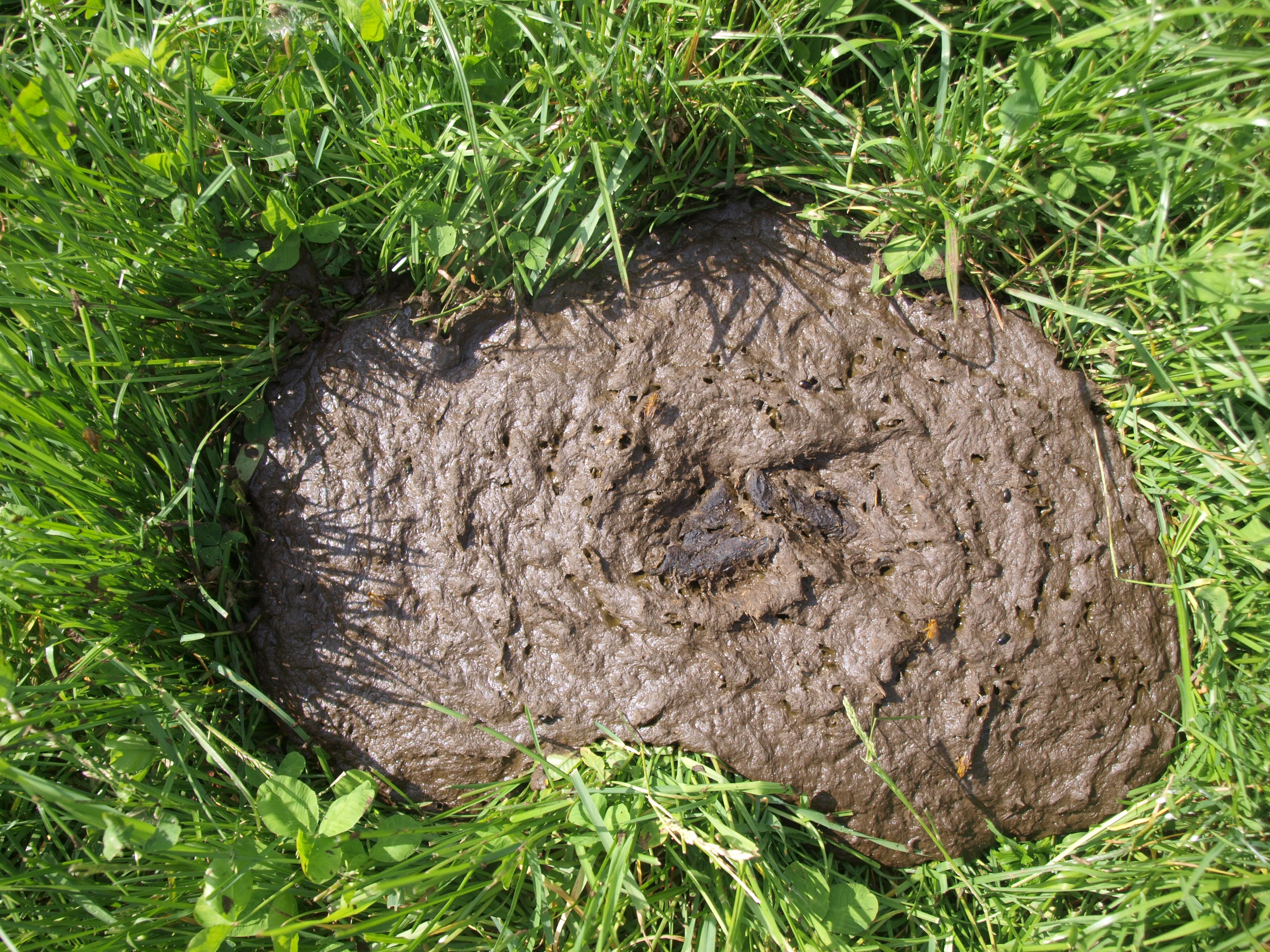
Effects of a change in feed from stable to pasture farming on the digestive processes and milk production of dairy cows
Pasture farming is the most natural form of ruminant nutrition. In addition, arguments such as increased animal welfare and low environmental impacts also speak in favor of pasture. Due to climatic conditions, pasture farming is...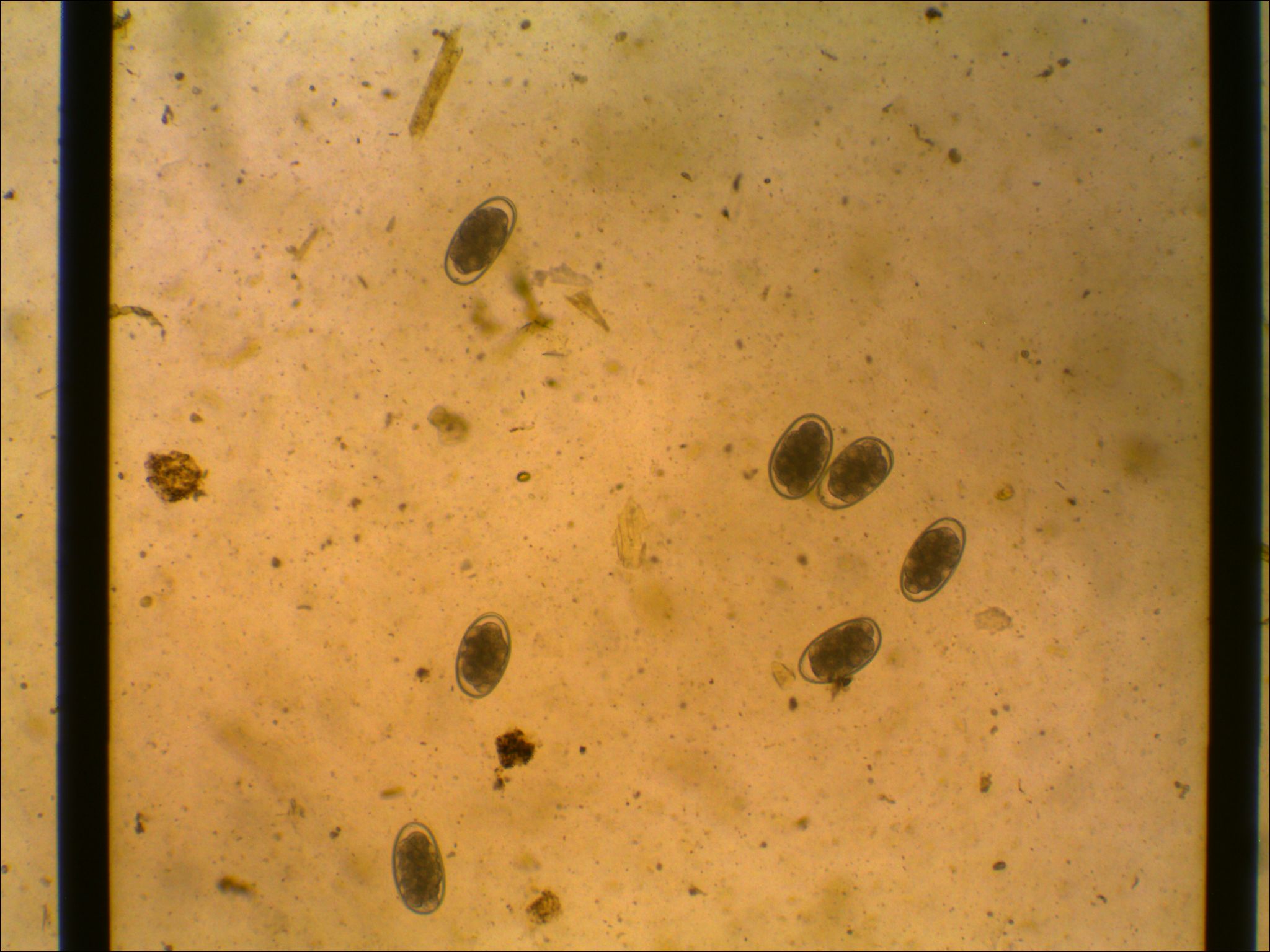
Studies on possible animal-related and environmental influences on the burden of pasture parasites in sheep
The present project aims to investigate the burden of pasture parasites in sheep. The central question is whether there are individual animal differences in parasite burdens in sheep. Also the question of whether between the races...